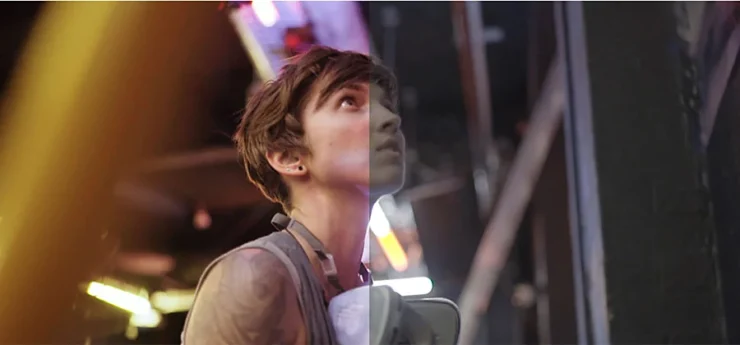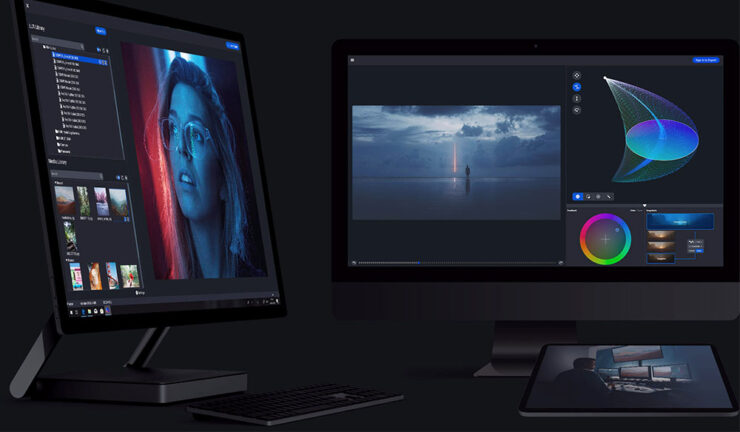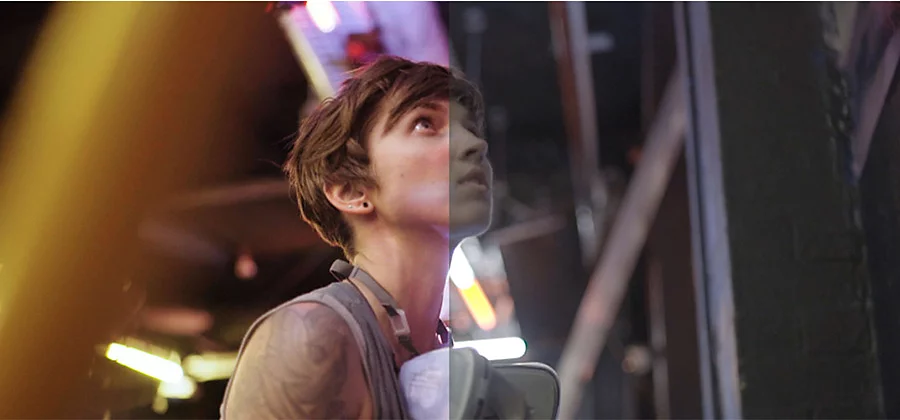Are you tired of dull and lifeless photos that don’t quite live up to your vision? If you’re looking for vibrant and striking images, color correction is an essential skill to master. Unfortunately, it’s also one that can be tricky to get right. Before you dive into the intricate world of color correction, check out these five pitfalls to help you avoid common mistakes!
Common Color Correction Mistakes

Color correcting photographs is an art form and a skill that comes with practice. To make this process easier, it’s best to develop a workflow for each photo you’re editing. Before you start adjusting the color, review some common mistakes so that you can avoid them.
1. Not calibrating your monitor:
Your display is not an accurate representation of the colors used in your photo unless it’s been calibrated for color accuracy. It’s important to calibrate regularly for the best results.
2. Not paying attention to white balance:
Adjusting white balance correctly will ensure that the elements in your photos are balanced and natural looking compared to our everyday perception of their colors. If you don’t adjust this properly, it can lead to a lack of contrast which can make photos look dull or washed out.
3. Relying on auto-correction tools:
Many cameras and software feature automated color correction presets that adjust saturation and brightness based on calculations done automatically without understanding the specifics of each image they’re working on. These tools are often inconsistent and inaccurate, so be sure to always do a manual check after using auto-correction features as part of your workflow.
4. Trying for perfection:
Remember too much tweaking causes imperfections; keep your eyes on small changes rather than major adjustments when editing photos in terms of brightness or color shades in order to get those subtle details that make all the difference in how your image looks at last.
5. Not blending different tones:
When working with multiple tones within one image, it’s important to use selective adjustments or blend modes such as luminosity masks or curves masks instead of squeezing all tones together at once with global changes, like levels adjustment layer which can produce unrealistic effects by removing shadows or highlights completely where they could have blended better together if more care was taken when making these edits.
Using Color Correction Tools

While color correction tools in photo editing software are incredibly helpful, they also come with their own set of pitfalls. Be sure to consider these pitfalls before making adjustments so that you can receive the best results possible.
Using equipment presets: While most photo color correction software allows the use of preprogrammed settings out of the box, presets are rarely a good idea in color correction. The preset may be too strong or too weak for your specific photo and could result in an overly altered finish that looks unnatural.
Misjudging colors: It is easy to think two colors are a better match than reality would indicate. If you suspect an area might be too light or too dark, double checking with another tool such as a digital swatch library can help confirm your suspicions.
Oversaturating colors: Increasing the saturation of certain colors may appear more vibrant at first but can quickly lead to an unrealistic appearance. Be sure to start by desaturating instead and slowly increasing saturation until it appears authentic and balanced with other colors in the image.
Abrupt transitions between shades: When adjusting between two shades, use a smooth transition rather than jumping abruptly from one shade to another; otherwise, it will create a stark line somewhere in your image that looks jagged and artificial when presenting it professionally or for print.
Assuming similar hues equal similar temperatures: While it is normal to assume that warmer hues will achieve warmer temperatures and vice versa; this isn’t always true because more complex variables such as tinting strength or negative impacts on temperature as well need to be taken into account when adjusting individual photos to full accuracy.
Color Correction Tips and Tricks

If it is not done properly, you can end up with poor results or even damaged images. Here are some tips and tricks to help you avoid common pitfalls when Color correcting:
1) Take time to understand the basics – Before you start this process, make sure that you have a good understanding of the basics. You should know how different hues and tones affect each other and how to find a balance between all of them. This understanding is what will give you the skills necessary to adjust color correctly in post-production.
2) Check your photo’s exposure levels – If your photos are too dark or too light, then they won’t be suitable for this correction. Make sure that your photos are correctly exposed before attempting any kind of color adjustment on them.
3) Pay attention while using Auto Correct – Automated tools such as Auto White Balance or Auto Levels can be very helpful in helping correct common issues. But be aware as these tools usually rely on altering global settings across all pixels in an image which may lead to unwanted effects such as clipping or unpleasant hues when taken out of context.
4) Use Levels & Curves adjustments sparingly – Both Levels and Curves adjustments can easily damage images when not used with enough care and precision. Be sure that you pay attention while fine tuning these tools so as not to introduce any artifacts or degrade an image’s overall quality while trying to achieve desired results.
5) Always save a backup copy – They often require multiple iterations over an image until one is satisfied with their results – making several changes along the way where only certain ones might produce desirable results whilst others completely change an entire look which no longer fits the intended vision set out at the beginning. To avoid disaster save a backup copy before doing anything else & think about establishing small checkpoints along the way which allows one easier route back when things are taken off track by mistake.
Conclusion
Ultimately, with a little practice and careful attention to detail, you can color correct your photos in no time. Following the above tips and working with an experienced photographer will guarantee that you get the results you want. Armed with this knowledge, now is the time to start perfecting your craft by working your way through a series of colour correcting challenges. With these tips in mind, you’ll be well on your way to mastering the art of color correction!

